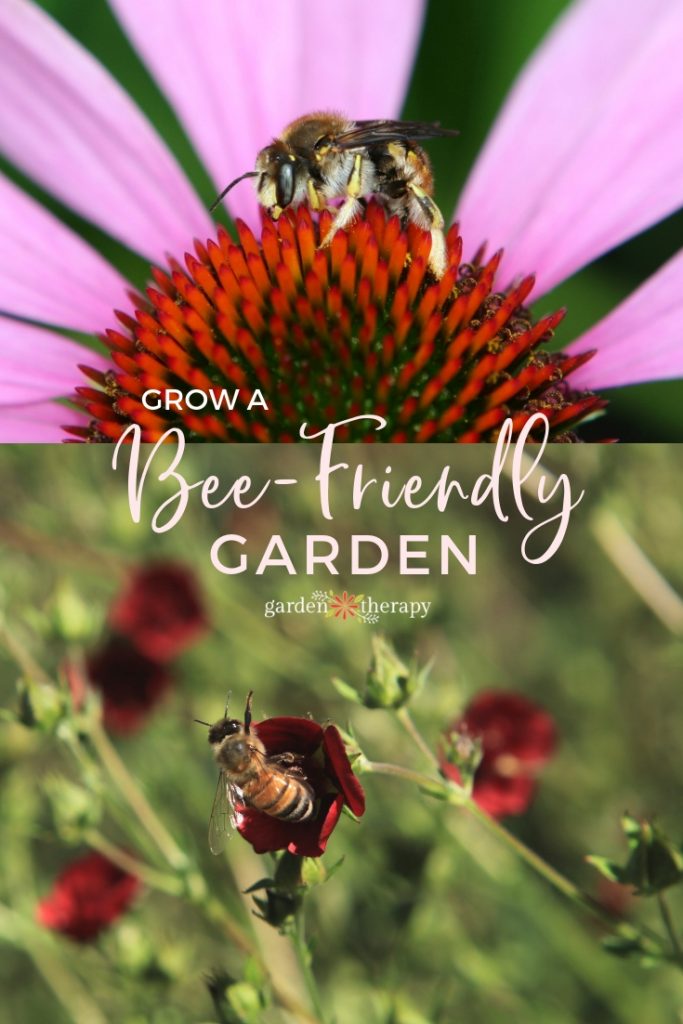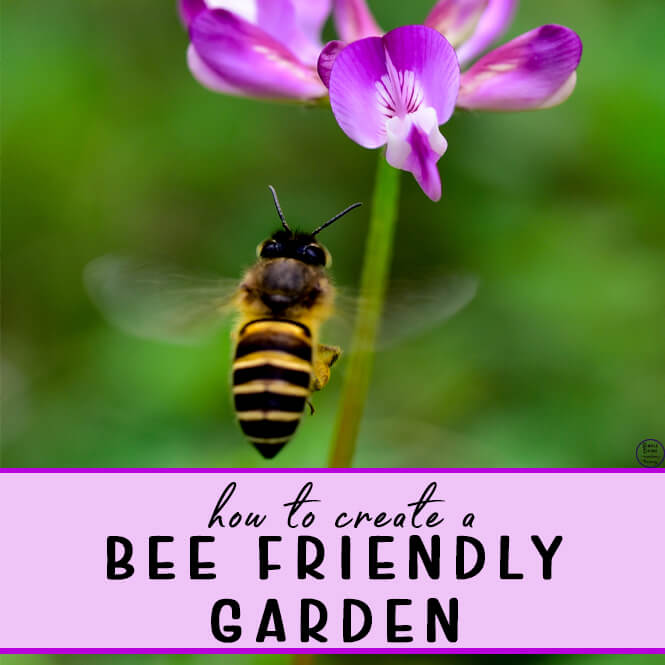How Do I Create A Bee-friendly Garden?
Are you looking to create a beautiful outdoor space that is also beneficial to the environment? Consider creating a bee-friendly garden! Not only will you be providing a home for these important pollinators, but you will also be helping to protect the planet.

What is a Bee-Friendly Garden?
A bee-friendly garden is a space designed to attract and support pollinators, including honeybees, bumblebees, and other important insects. These gardens are planted with flowers, herbs, and other plants that provide the nectar and pollen needed by bees to survive.
Why are Bee-Friendly Gardens Important?
Bee populations have been declining around the world due to habitat loss, pesticide use, and climate change. Bees are vital to our food supply, as they help to pollinate crops such as almonds, apples, and blueberries. The loss of bees could have a devastating impact on our food system.
By creating a bee-friendly garden, you can play a small but important role in protecting these important pollinators. You'll provide a habitat for bees to live, eat, and raise their young, while also benefiting from the beauty and serenity of a garden.
How to Create a Bee-Friendly Garden
Creating a bee-friendly garden is easier than you might think. Here are some tips to get you started:
1. Choose the Right Plants
The key to creating a bee-friendly garden is to choose plants that are attractive to bees. Bees are especially drawn to flowers that are blue, purple, and yellow, as well as those with a sweet fragrance. Some great choices for a bee-friendly garden include:
- Lavender
- Salvia
- Mint
- Bee balm
- Coneflower
- Sunflower
- Goldenrod
2. Provide a Water Source
Just like all living creatures, bees need a source of water to survive. You can provide a water source in your bee-friendly garden by installing a bird bath or small pond. Be sure to add rocks or floating plants to the water to provide a landing spot for bees.
3. Avoid Pesticides
Pesticides can be harmful to bees, so it's important to avoid using them in your bee-friendly garden. Instead, opt for natural pest-control methods like hand-pulling weeds and using companion planting to deter pests.
4. Create a Variety of Habitats
Bees like to nest in different types of habitats, so it's important to provide a variety of nesting options in your bee-friendly garden. Some bees nest in holes in the ground, while others use hollow plant stems or small cavities in wood. You can create a bee-friendly habitat by providing nesting boxes or leaving patches of bare earth for ground-nesting bees.
5. Keep the Garden Blooming
Finally, it's important to keep your garden blooming throughout the growing season. Plant a variety of flowers so that there is always a source of nectar and pollen available for bees. Deadhead spent blooms to encourage plants to produce more flowers.
In Conclusion
Creating a bee-friendly garden is a great way to support the planet and protect one of our most important pollinators. By choosing the right plants, providing a water source, avoiding pesticides, creating a variety of habitats, and keeping your garden blooming, you can help bees thrive. Best of all, you'll get to enjoy the beauty and serenity of a garden in the process.



